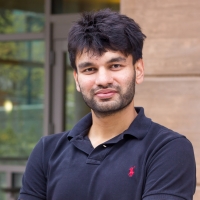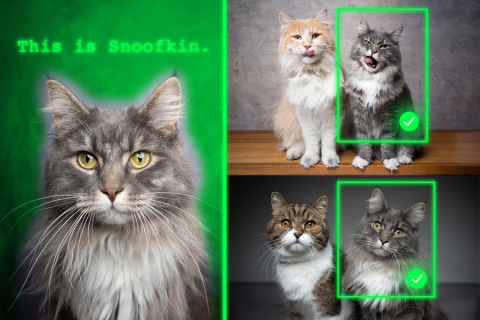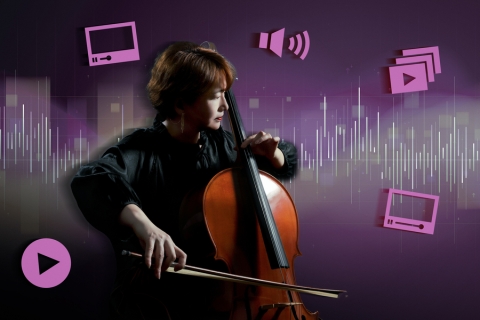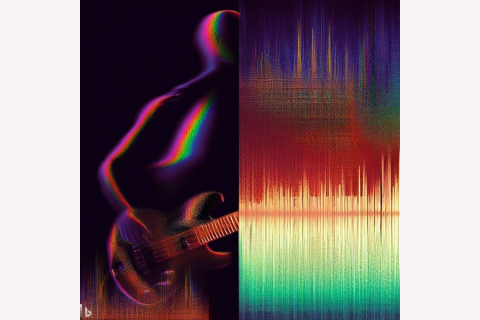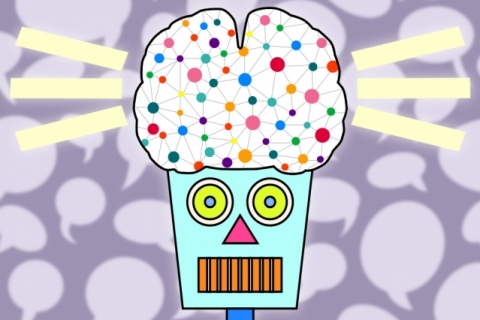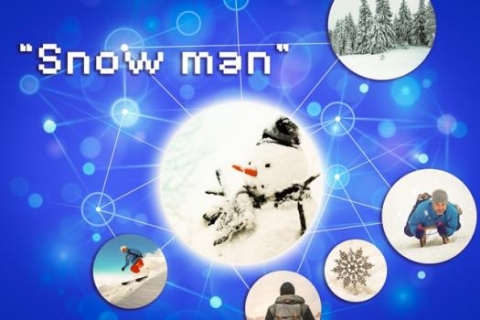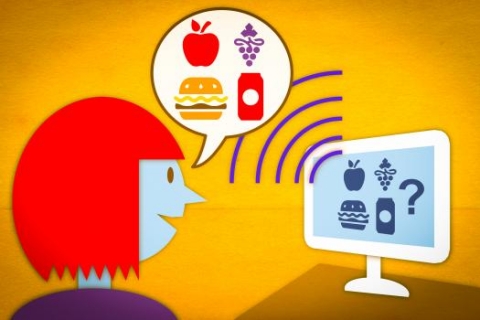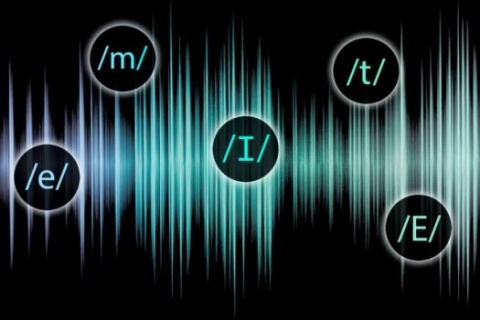
PI
Core/Dual
Jim Glass
James Glass is a Senior Research Scientist at MIT where he leads the Spoken Language Systems Group in the Computer Science and Artificial Intelligence Laboratory. He is also a member of the Harvard University Program in Speech and Hearing Bioscience and Technology. Since obtaining his S.M. and Ph.D. degrees at MIT in Electrical Engineering and Computer Science, his research has focused on a wide range of speech and natural language processing topics. His current research activities include self-supervised learning for speech and language processing, cross-modal learning between audio, speech, and vision, speech and language processing as a biomarker for health, and conversational interaction. He has published more than 400 papers in refereed journals and conferences and has supervised over 110 master's and doctoral theses. He is an IEEE Fellow, and a Fellow of the International Speech Communication Association.
Related Links
Last updated Oct 02 '25




